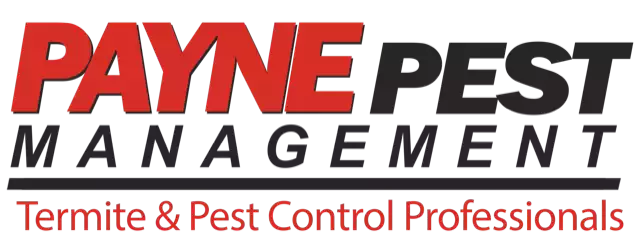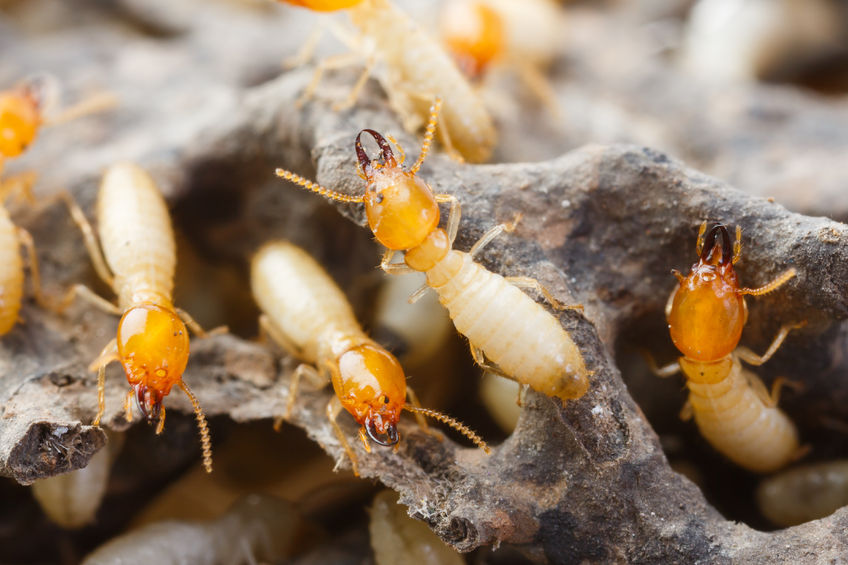What makes termites so scary is that they are “silent destroyers.” They do damage without you even seeing or knowing. Each year, termites rack up billions of dollars in property damage for homes and businesses. An effective way to get a leg up on termites is to schedule yearly inspections for help in determining whether or not you have a problem. In the end, it will cost more to repair termite damage than to prevent it.
If you’re buying a home, a termite inspection can save you lots of money and problems later on. Termite inspections may be part of the general home inspection required before the sale is final, and it’s typically paid for by the buyer, but it’s well worth it. If an inspection does reveal termite activity, it might not all be bad news. The signs may be left over from a previous infestation that has already been dealt with. A qualified termite inspector will recognize the difference between current and past termite activity and provide a guarantee or written statement to that effect. If the home has been treated for termites, the seller should also be able to provide documentation of past termite treatment and any structural repairs that have been made (or may be needed) to fix termite damage.
If there are signs of current termite activity in the home, the seller may be willing to pay for treatment and/or repairs – or at least purchase a termite warranty. As the saying goes, it’s not if you’ll get termites, it’s when. So this discovery doesn’t have to be a deal-breaker.
Whether you’re buying a home or just inspecting your own, if the infestation is contained in a small area, local or spot control may be effective. However, hidden infestations in other parts of the structure will not be eradicated. If the inspection finds evidence of drywood termites, you have several options, depending on the degree of infestation. Fumigation and heating of the entire house are the only options that ensure eradication in the entire structure.
Once you have scheduled a termite inspection for your home or business, is there anything you need to do? Preparing your home for inspection doesn’t require much effort, but there are a few things you can do to make it more efficient:
- Clear Out Hard to Reach Areas – Rearrange or remove anything stored under the bathroom and kitchen sinks. The inspector will have to check water sources for signs of activity. In the garage, move anything stored against the walls about two feet out for an unobstructed view.
- Make Attic Accessible – Clear away anything blocking the entrance to the attic to allow open passage. Be sure nothing is stored there that will hamper the inspector’s work.
- Clear Crawl Space – If your property is built on a raised foundation, clear the crawl space opening and move any items that block the entrance.
- Lighten Up Landscaping – Trim any plants, bushes or ground cover that conceals exterior walls.
What’s the big deal about have a termite inspection? Termites cause damage – lots of it – and it often goes undetected by the average homeowner, unless you know exactly what to look for and where to check. What appears sturdy on the outside may not be behind the walls. The good news is, termites work pretty slowly. So, start today with an inspection to avoid future issues.
If you want to be proactive, call a professional termite management company to schedule your free inspection.







